-
 Bitcoin
Bitcoin $118600
-1.16% -
 Ethereum
Ethereum $3616
-2.94% -
 XRP
XRP $3.174
-10.23% -
 Tether USDt
Tether USDt $1.000
0.01% -
 BNB
BNB $773.4
-0.42% -
 Solana
Solana $189.3
-6.58% -
 USDC
USDC $1.000
0.02% -
 Dogecoin
Dogecoin $0.2406
-10.24% -
 TRON
TRON $0.3098
-1.24% -
 Cardano
Cardano $0.8139
-9.10% -
 Hyperliquid
Hyperliquid $44.01
-2.71% -
 Stellar
Stellar $0.4266
-9.64% -
 Sui
Sui $3.699
-7.29% -
 Chainlink
Chainlink $18.21
-6.60% -
 Hedera
Hedera $0.2465
-9.46% -
 Bitcoin Cash
Bitcoin Cash $512.3
-2.27% -
 Avalanche
Avalanche $24.03
-5.62% -
 Litecoin
Litecoin $112.2
-5.21% -
 UNUS SED LEO
UNUS SED LEO $8.964
-0.26% -
 Shiba Inu
Shiba Inu $0.00001386
-9.81% -
 Toncoin
Toncoin $3.188
-4.76% -
 Ethena USDe
Ethena USDe $1.001
-0.02% -
 Polkadot
Polkadot $4.135
-7.84% -
 Uniswap
Uniswap $10.16
-5.19% -
 Monero
Monero $310.5
-2.84% -
 Bitget Token
Bitget Token $4.702
-2.53% -
 Dai
Dai $0.0000
0.01% -
 Pepe
Pepe $0.00001270
-9.07% -
 Aave
Aave $290.7
-5.84% -
 Bittensor
Bittensor $424.7
-5.28%
Can you buy after a large-volume breakthrough after the moving average is glued together but the shrinking volume falls back the next day?
The moving average glue pattern with a high-volume breakout followed by shrinking volume suggests potential for a strong move, but fading momentum may signal a false breakout.
Jun 29, 2025 at 09:56 am
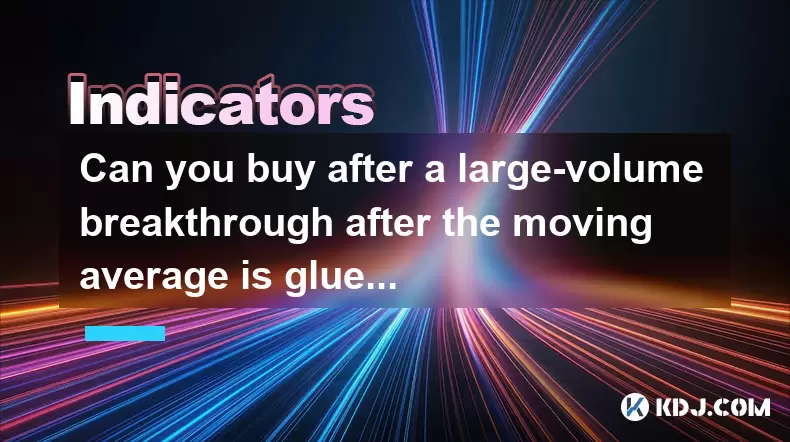
Understanding the Moving Average Glue Pattern
The moving average glue pattern is a technical analysis formation that occurs when multiple moving averages (typically 10, 20, and 50-day EMAs) converge closely together. This consolidation phase often signals a period of indecision in the market, where price action lacks strong momentum in either direction.
In cryptocurrency trading, this pattern can be especially useful due to the high volatility and frequent ranging periods. When the moving averages are tightly packed, it suggests that short-term traders are hesitant and long-term trends are unclear. Traders watch this setup carefully because it often precedes a significant breakout or breakdown.
Key Insight: The tighter the moving averages cluster, the more powerful the potential move once a breakout occurs.
Volume's Role in Breakout Confirmation
Volume plays a crucial role in validating any breakout from a consolidation phase. A large-volume breakout typically indicates strong institutional or retail participation, suggesting that the move has conviction behind it. In crypto markets, volume spikes can often be misleading due to wash trading on some exchanges, but genuine surges still provide valuable insight.
When a breakout happens with high volume, it implies that a large number of participants are willing to buy or sell at those levels. However, if the next day sees a sharp drop in volume, it may signal a lack of follow-through or exhaustion in the initial momentum.
Important Note: High volume during a breakout should ideally be followed by sustained volume in subsequent sessions to confirm trend strength.
Analyzing the Scenario: Breakout Followed by Shrinking Volume
In this specific scenario:
- The moving averages are glued together.
- A breakout occurs with large volume.
- The following day, volume shrinks significantly.
This pattern raises questions about the sustainability of the breakout. While the initial surge could indicate a new trend forming, the drop in volume might suggest that the buying pressure was temporary or speculative rather than driven by fundamental demand.
Traders must assess whether the price continues to hold above the breakout level despite lower volume. If the price remains above key resistance areas, it could still be valid. However, if it retraces back into the consolidation zone, the breakout may have failed.
- Check if the price closes above the breakout level on the second day.
- Look for candlestick patterns on the second day—bearish reversals may indicate rejection.
- Compare the shrinking volume to historical average volumes for confirmation.
How to Approach Entry After This Setup
Entering after a large-volume breakout with glued moving averages requires caution, especially when volume drops the next day. Here’s a step-by-step guide:
- Wait for the breakout candle to fully close before considering entry.
- Measure the size of the breakout candle and project a potential target.
- Place a stop-loss just below the breakout point or recent swing low.
- Monitor the second day's volume—if it's significantly lower, consider scaling in instead of entering all at once.
- Use additional indicators like RSI or MACD to confirm bullish momentum on the second day.
Some traders prefer to wait for a retest of the breakout level as support before entering, especially if volume dries up. This strategy allows for better risk-reward ratios and avoids chasing the price.
Risks Involved in This Strategy
Trading based solely on technical patterns without understanding the broader context can lead to losses. In crypto markets, sudden news events, regulatory updates, or whale movements can distort price behavior regardless of chart setups.
If you're entering after a large-volume breakout only to see volume shrink the next day, there's a risk of:
- Fakeouts or trap trades designed to shake out retail traders.
- Lack of liquidity causing erratic price swings.
- Market manipulation through spoofing or wash trading.
Therefore, it's essential to combine technical setups with proper risk management techniques such as position sizing and stop-loss orders.
Critical Reminder: Never trade based on a single indicator or pattern without confirming with other tools and market context.
Frequently Asked Questions
What timeframes work best for analyzing glued moving averages in crypto?
Glued moving averages are most effective on the 4-hour and daily charts. These timeframes filter out excessive noise while capturing meaningful institutional-level moves. Shorter timeframes like 15-minute or 1-hour charts may produce false signals due to increased volatility.
Is volume always reliable in cryptocurrency trading?
No, volume on many decentralized or less-regulated exchanges can be manipulated through wash trading. It's advisable to cross-reference volume data with trusted sources or use on-chain metrics to validate true market activity.
Can I automate trading strategies around glued moving averages and volume patterns?
Yes, algorithmic trading bots can be programmed to detect glued moving averages and monitor volume spikes. However, they require continuous monitoring and adjustments to avoid losses from false breakouts or unexpected market shocks.
How do I differentiate between a real breakout and a fakeout in crypto?
A real breakout usually sustains above the resistance level with consistent volume and positive candlestick formations. A fakeout typically sees a quick reversal, long wicks, and a failure to hold above the breakout level. Monitoring order book depth can also help distinguish between the two.
Disclaimer:info@kdj.com
The information provided is not trading advice. kdj.com does not assume any responsibility for any investments made based on the information provided in this article. Cryptocurrencies are highly volatile and it is highly recommended that you invest with caution after thorough research!
If you believe that the content used on this website infringes your copyright, please contact us immediately (info@kdj.com) and we will delete it promptly.
- Score Big This Season with the BetMGM Bonus Code: Your Ticket to MLB Bonus Bets!
- 2025-07-24 06:50:12
- Bitcoin: From Digital Gold Rush to Evolving Asset Class
- 2025-07-24 06:50:12
- Shiba Inu's $1 Dream: Major Hurdles and Community-Driven Hope
- 2025-07-24 06:30:13
- Ethereum, Altcoins, and BlockDAG: Navigating the Crypto Landscape
- 2025-07-24 06:30:13
- Dogecoin's Resistance Retest: Parabolic Move on the Horizon?
- 2025-07-24 04:50:13
- WLFI, Vaulta Token, and Holdings: Navigating the Web3 Revolution
- 2025-07-24 05:30:13
Related knowledge
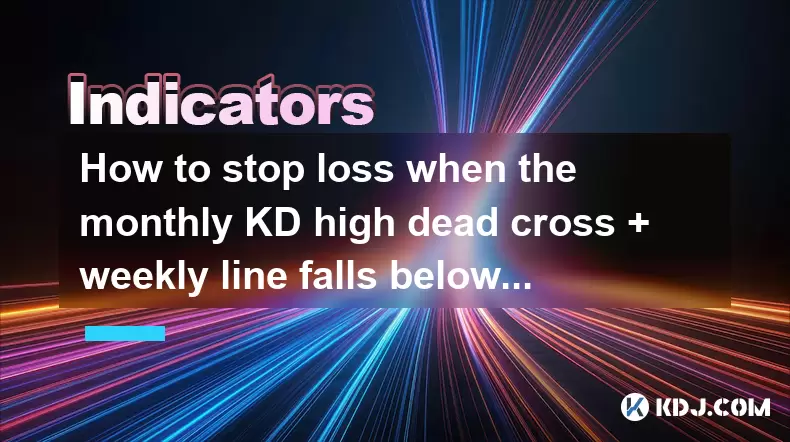
How to stop loss when the monthly KD high dead cross + weekly line falls below the 20-week line + daily line pulls back on the 5-day line?
Jul 24,2025 at 07:00am
Understanding the Indicators: KD, Weekly, and Daily Moving AveragesWhen traders analyze cryptocurrency price movements, they often rely on technical i...
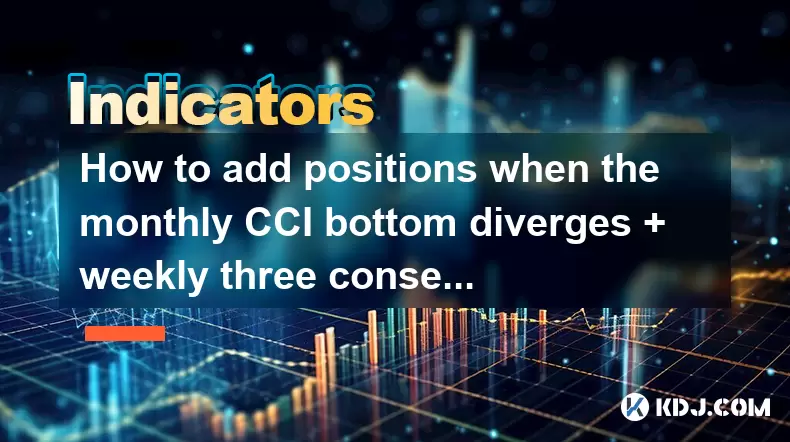
How to add positions when the monthly CCI bottom diverges + weekly three consecutive Yang + daily line gap is not filled?
Jul 24,2025 at 05:22am
Understanding the Monthly CCI Bottom DivergenceWhen analyzing the monthly CCI bottom divergence, traders are identifying a potential reversal signal i...
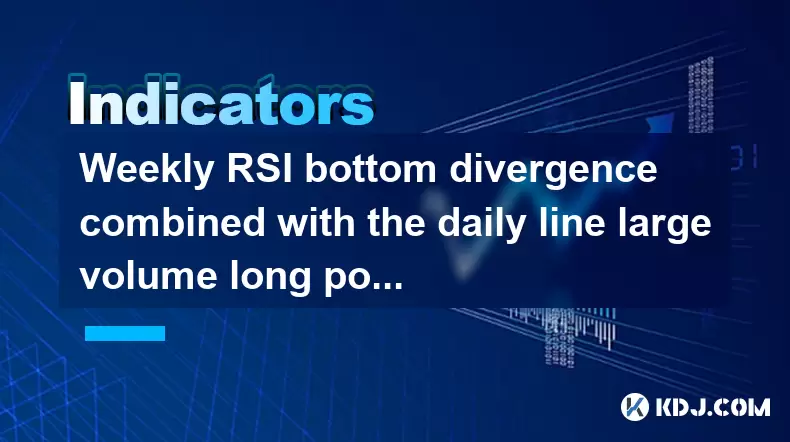
Weekly RSI bottom divergence combined with the daily line large volume long positive start signal
Jul 24,2025 at 05:28am
Understanding RSI Bottom Divergence in Cryptocurrency TradingIn the context of cryptocurrency trading, RSI bottom divergence is a powerful technical s...
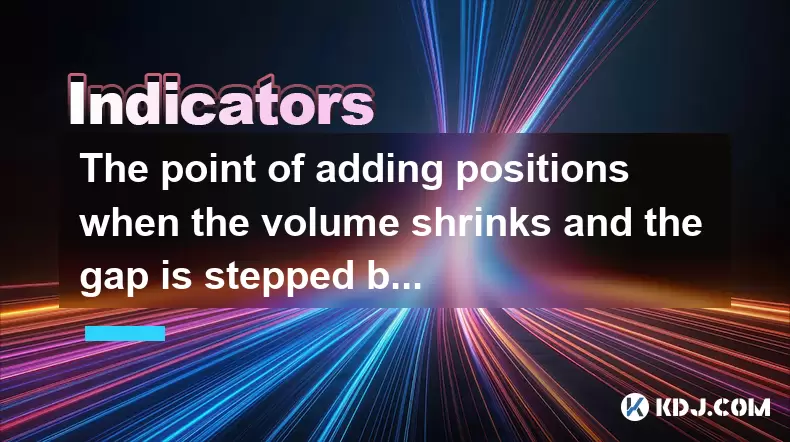
The point of adding positions when the volume shrinks and the gap is stepped back after the gap is jumped
Jul 24,2025 at 04:56am
Understanding the Gap Jump Phenomenon in Cryptocurrency TradingIn cryptocurrency trading, a gap jump occurs when the price of a digital asset opens si...
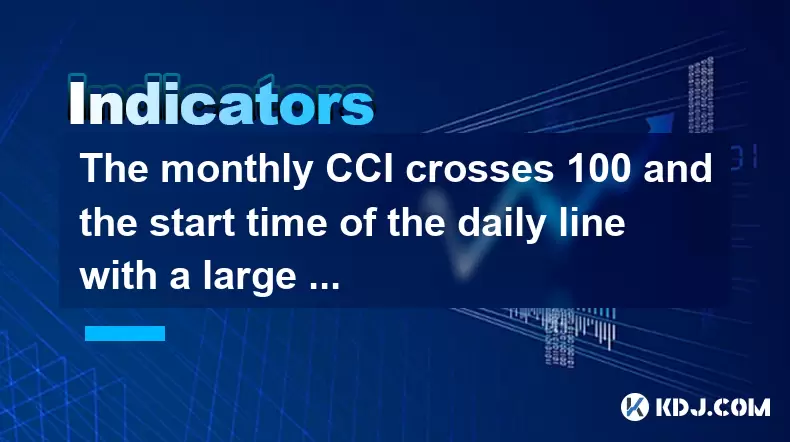
The monthly CCI crosses 100 and the start time of the daily line with a large volume positive line
Jul 24,2025 at 03:56am
Understanding the Monthly CCI Indicator and Its Significance at 100The Commodity Channel Index (CCI) is a momentum-based oscillator used to identify o...
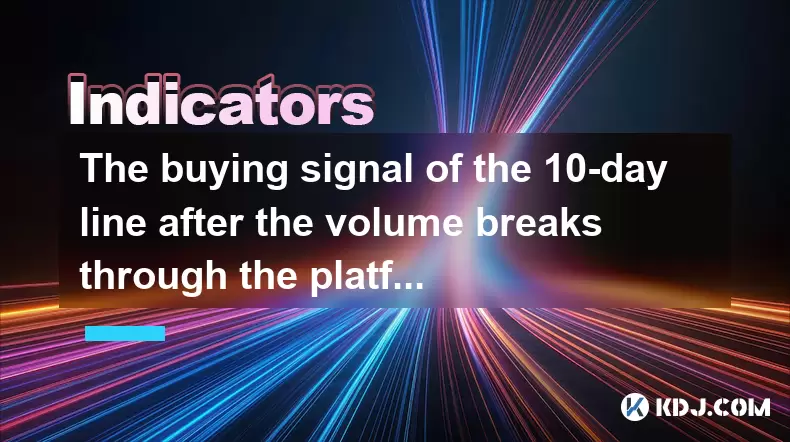
The buying signal of the 10-day line after the volume breaks through the platform
Jul 24,2025 at 06:00am
Understanding the 10-Day Moving Average in Cryptocurrency TradingIn cryptocurrency trading, moving averages are essential tools for identifying trends...

How to stop loss when the monthly KD high dead cross + weekly line falls below the 20-week line + daily line pulls back on the 5-day line?
Jul 24,2025 at 07:00am
Understanding the Indicators: KD, Weekly, and Daily Moving AveragesWhen traders analyze cryptocurrency price movements, they often rely on technical i...

How to add positions when the monthly CCI bottom diverges + weekly three consecutive Yang + daily line gap is not filled?
Jul 24,2025 at 05:22am
Understanding the Monthly CCI Bottom DivergenceWhen analyzing the monthly CCI bottom divergence, traders are identifying a potential reversal signal i...

Weekly RSI bottom divergence combined with the daily line large volume long positive start signal
Jul 24,2025 at 05:28am
Understanding RSI Bottom Divergence in Cryptocurrency TradingIn the context of cryptocurrency trading, RSI bottom divergence is a powerful technical s...

The point of adding positions when the volume shrinks and the gap is stepped back after the gap is jumped
Jul 24,2025 at 04:56am
Understanding the Gap Jump Phenomenon in Cryptocurrency TradingIn cryptocurrency trading, a gap jump occurs when the price of a digital asset opens si...

The monthly CCI crosses 100 and the start time of the daily line with a large volume positive line
Jul 24,2025 at 03:56am
Understanding the Monthly CCI Indicator and Its Significance at 100The Commodity Channel Index (CCI) is a momentum-based oscillator used to identify o...

The buying signal of the 10-day line after the volume breaks through the platform
Jul 24,2025 at 06:00am
Understanding the 10-Day Moving Average in Cryptocurrency TradingIn cryptocurrency trading, moving averages are essential tools for identifying trends...
See all articles

























































































